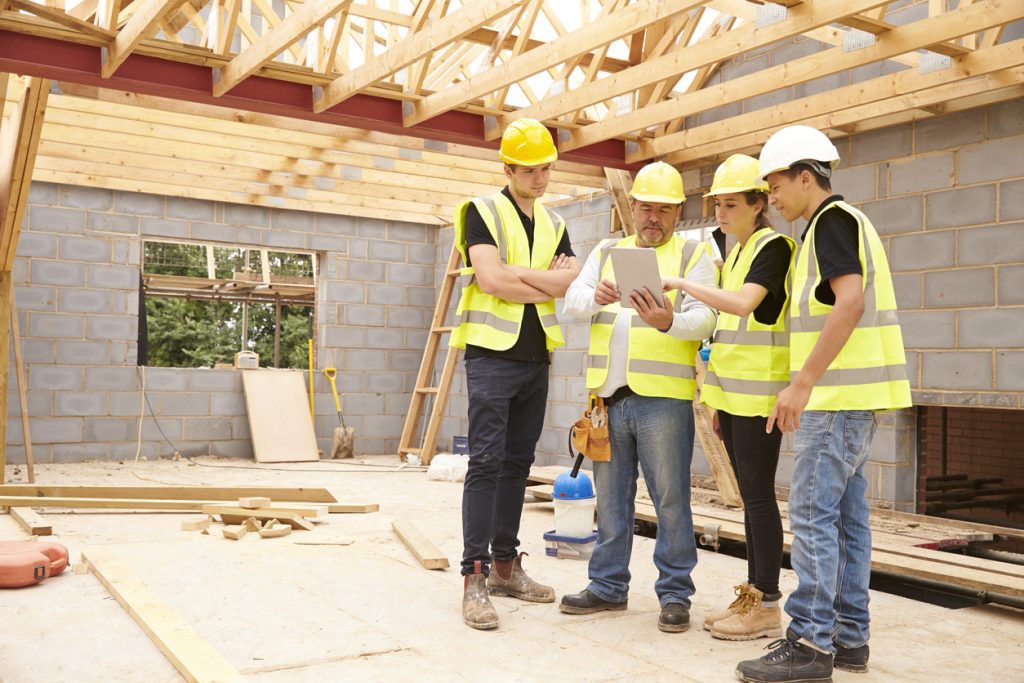484
Office buildings serve as the backbone of modern business operations, providing a dedicated space for organizations to thrive and grow. The design and functionality of these buildings play a crucial role in fostering productivity, collaboration, and employee well-being. In this article, we will explore the key considerations and trends in office building design, highlighting the importance of creating spaces that inspire creativity, efficiency, and success.
Embracing Open and Collaborative Spaces:
Gone are the days of isolated cubicles and closed-door offices. Today’s office buildings prioritize open and collaborative spaces that encourage interaction and teamwork. Open floor plans, shared workstations, and communal areas promote communication, idea sharing, and a sense of community among employees. By breaking down physical barriers, organizations can foster a culture of collaboration and innovation.
Incorporating Biophilic Design:
Biophilic design, which integrates natural elements into the built environment, has gained significant traction in office building design. Incorporating elements such as natural light, indoor plants, and views of nature has been shown to enhance employee well-being, reduce stress, and increase productivity. Office buildings that embrace biophilic design principles create a more pleasant and inspiring work environment, leading to happier and more engaged employees.
Prioritizing Employee Wellness:
Recognizing the importance of employee well-being, office buildings are now incorporating wellness-focused amenities. From fitness centers and meditation rooms to outdoor spaces and healthy food options, these amenities promote physical and mental well-being, helping employees maintain a healthy work-life balance. By prioritizing employee wellness, organizations can attract and retain top talent while fostering a positive and productive work environment.
Integrating Smart Technology:
The integration of smart technology has revolutionized office building design, enhancing efficiency, connectivity, and sustainability. Smart lighting systems, temperature controls, and occupancy sensors optimize energy usage, reducing costs and environmental impact. Additionally, advanced communication and collaboration tools enable seamless connectivity and remote work capabilities, allowing employees to work efficiently from anywhere. Embracing smart technology not only improves operational efficiency but also enhances the overall user experience.
Sustainability and Green Building Practices:
Sustainability has become a key focus in office building design, driven by the need to reduce environmental impact and create healthier workspaces. Green building practices, such as energy-efficient systems, renewable energy sources, and sustainable materials, are being incorporated to minimize carbon footprint and promote environmental stewardship. Office buildings that prioritize sustainability not only contribute to a greener future but also attract environmentally conscious tenants and employees.
Conclusion:
Office buildings are evolving to meet the changing needs of modern businesses and employees. By embracing open and collaborative spaces, incorporating biophilic design, prioritizing employee wellness, integrating smart technology, and adopting sustainable practices, organizations can create office buildings that inspire productivity, foster innovation, and contribute to a positive work environment. As the business landscape continues to evolve, office buildings will play a vital role in shaping the future of work, enabling organizations to thrive and succeed in a dynamic and competitive world.
